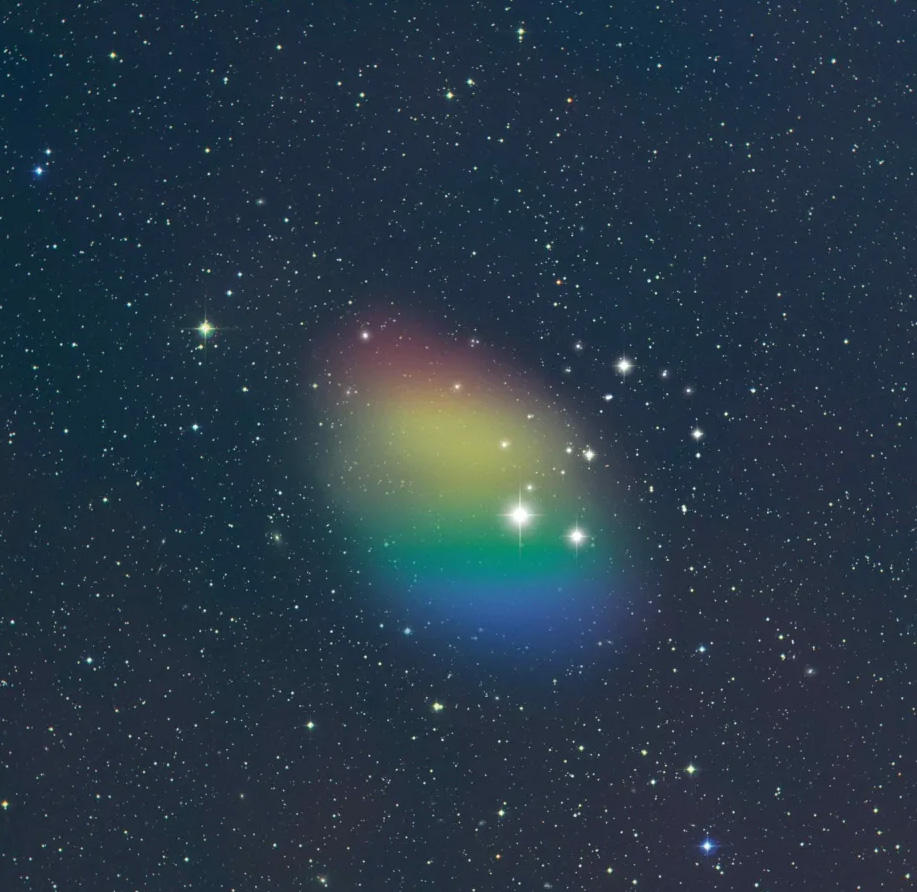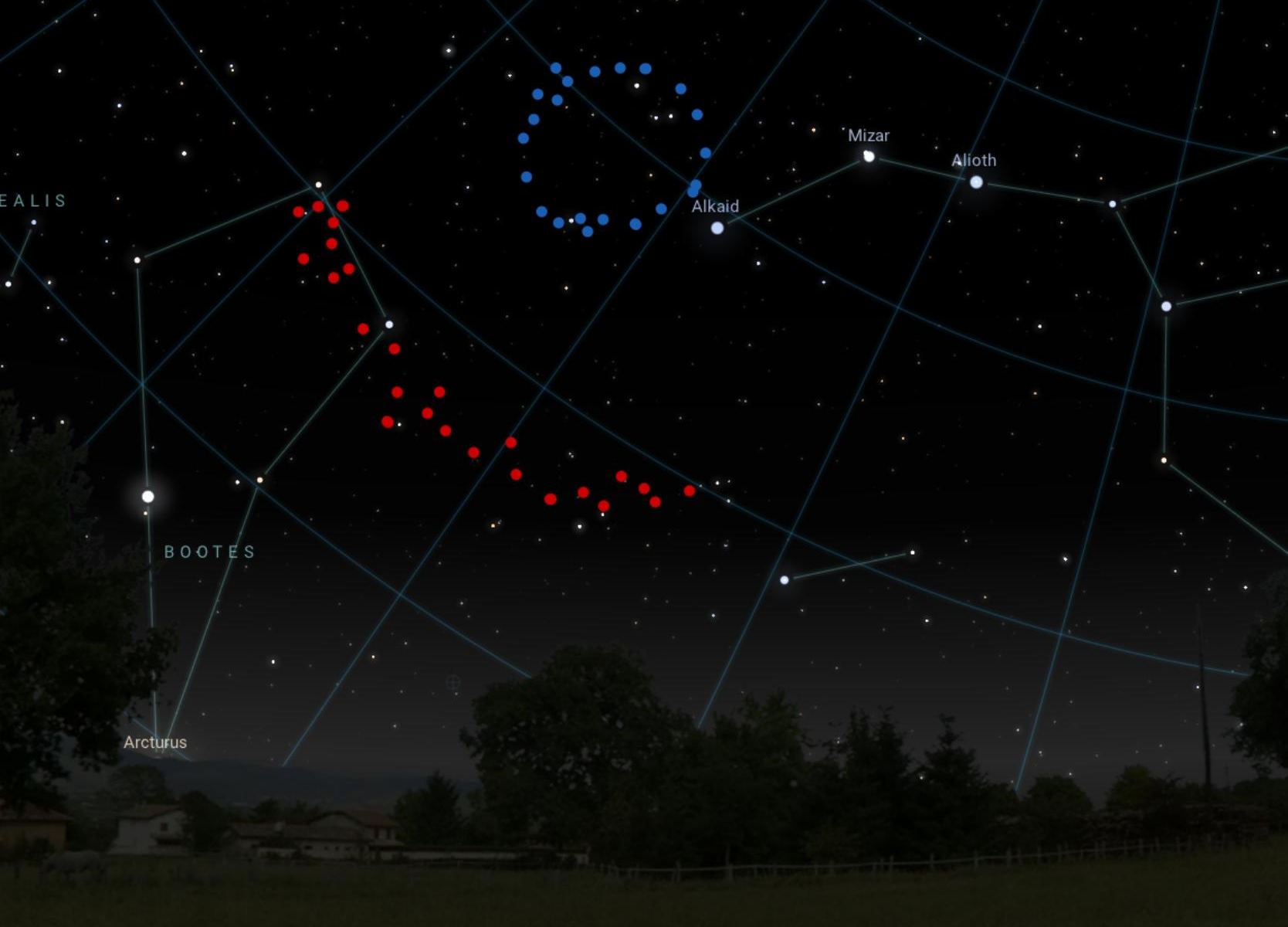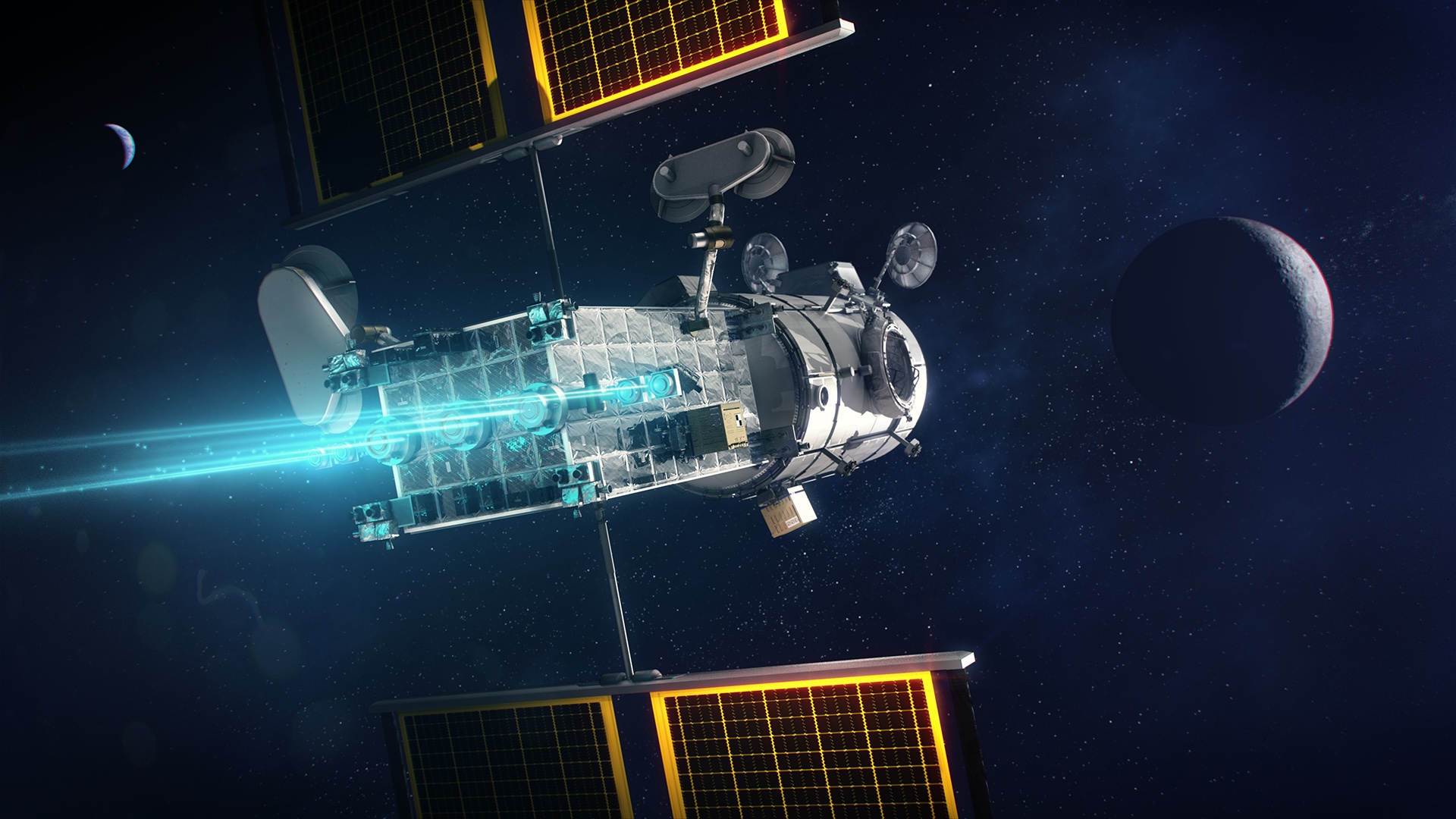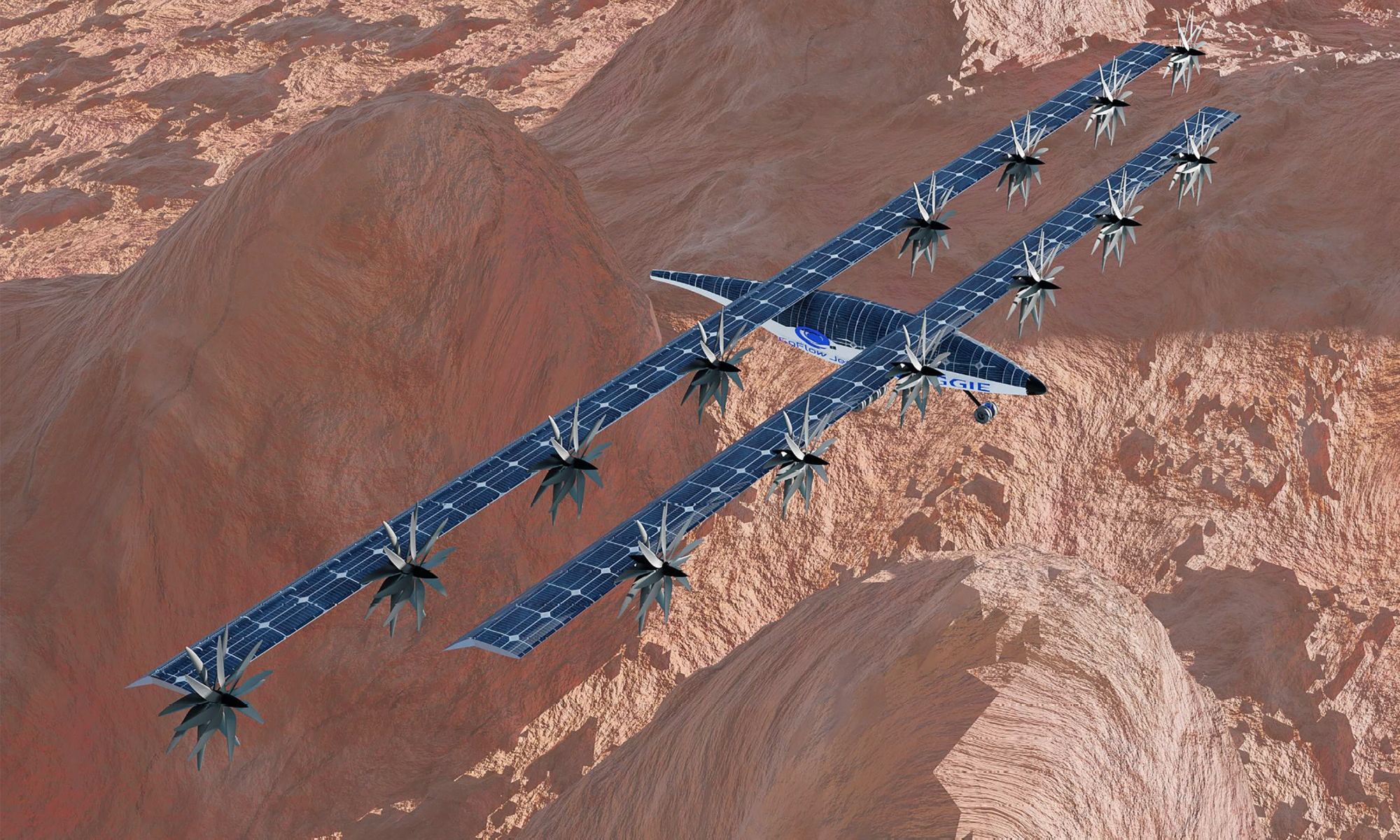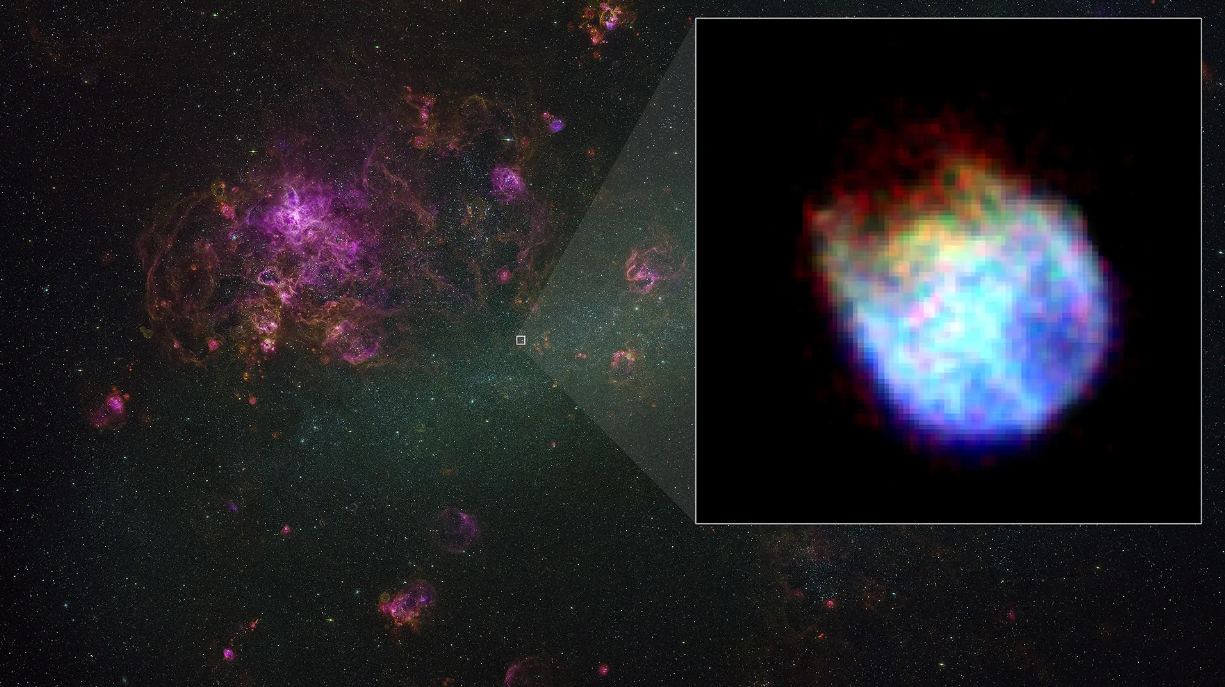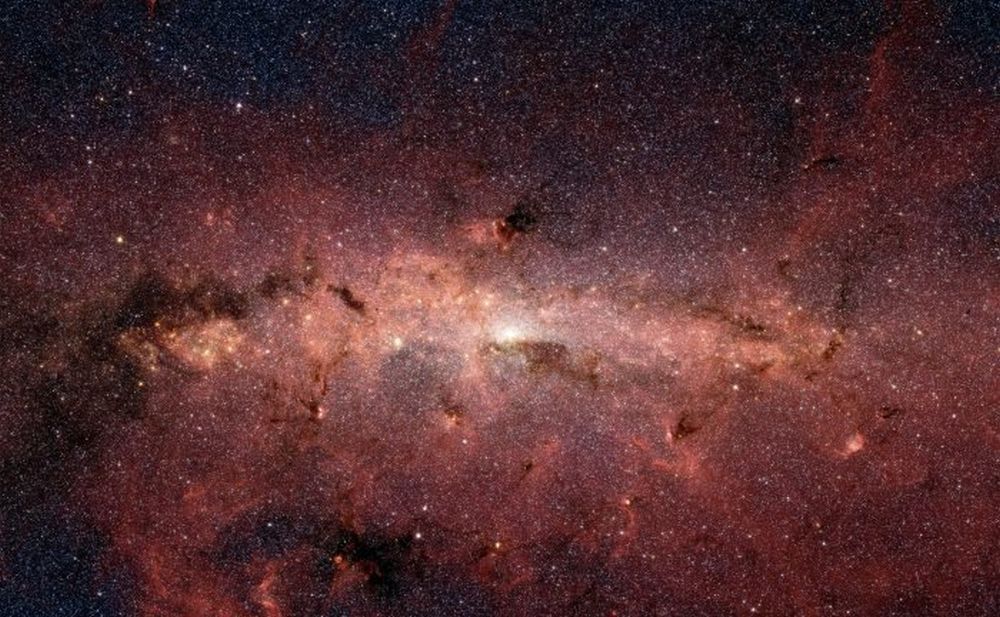There’s a galaxy out there without apparent stars but largely chock full of dark matter. What’s that you say? A galaxy without stars? Isn’t that an impossibility? Not necessarily, according to the astronomers who found it and are trying to explain why it appears starless. “What we do know is that it’s an incredibly gas-rich galaxy,” said Green Bank Observatory’s Karen O’Neil, an astronomer studying this primordial galactic object. “It’s not demonstrating star formation like we’d expect, probably because its gas is too diffuse.”
Continue reading “A Primordial Dark Matter Galaxy Found Without Stars”A Primordial Dark Matter Galaxy Found Without Stars
